It is not uncommon nowadays to see people with some rather unusual or exotic pets. We have all heard stories about people keeping lions, tigers, bears, monkeys, and other rare animals as pets.
However, rarely has anyone ever been able to keep a crocodile as a pet. That is until the world learned the story of Gilberto “Chito” Shedden and his pet crocodile, Pocho.
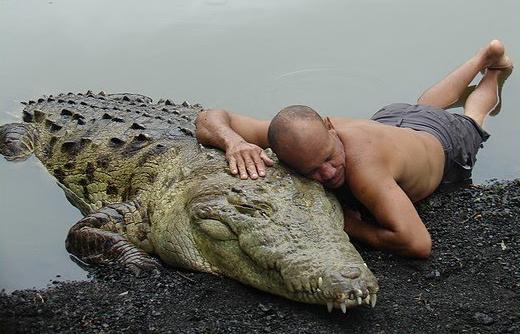

But how could this man break barriers that scientists had once thought impossible?
The Discovery
Before Chito met Pocho, he made a living as a fisherman in rural eastern Costa Rica. One day, while fishing on the Reventazón River near his hometown of Siquirres, he was having a normal day on the water until something caught his eye.
There, on the banks of the river, was a small crocodile. As Chito got close to it, he could see that something was wrong.
As Chito would later find out, a local cattle farmer had shot the crocodile in the eye as it was trying to attack his livestock.
Barely escaping with its life, the crocodile had managed to make it back to the river where, weak from hunger and being on the brink of death, it would have surely died if left alone.
Because Chito had been in tune with nature his whole life, he knew he had to act. Not knowing if he could handle the animal by himself, he returned to his town and got several friends to help him load the crocodile into a boat.
Once home, Chito knew the animal would need some serious health care. At just 150 pounds, the crocodile was severely malnourished for being at least thirty years old. However, Chito was up for the challenge.
Nursing Pocho Back To Health
At first, the crocodile did not want to eat anything. However, Chito did not let the animal’s stubbornness get in the way of its recovery. In order to get the crocodile to eat, Chito would even chew fish and chicken meat in his mouth so that the animal did not have to expend as much energy.
Over time, the crocodile began to get bigger and stronger as Chito fed it over 30 pounds of fish and chicken per week. In addition, Chito fed the animal medicines to keep his gunshot wound from becoming infected.
However, the food and medicine are likely not what healed the crocodile the most.
According to Chito, he began to form an intense bond with the animal by talking to it during this time. Even though the crocodile could not understand Spanish, it did understand tone and intentions very well.
Because of this, Chito believes it was his love that he gave that healed the animal’s heart and gave it the will to live again.
But not everyone was happy about Chito’s newfound friend.
A Bond Is Formed
Within a few months of Chito taking in the crocodile, some nosy neighbors who found out were not too keen on having the massive animal near their homes.
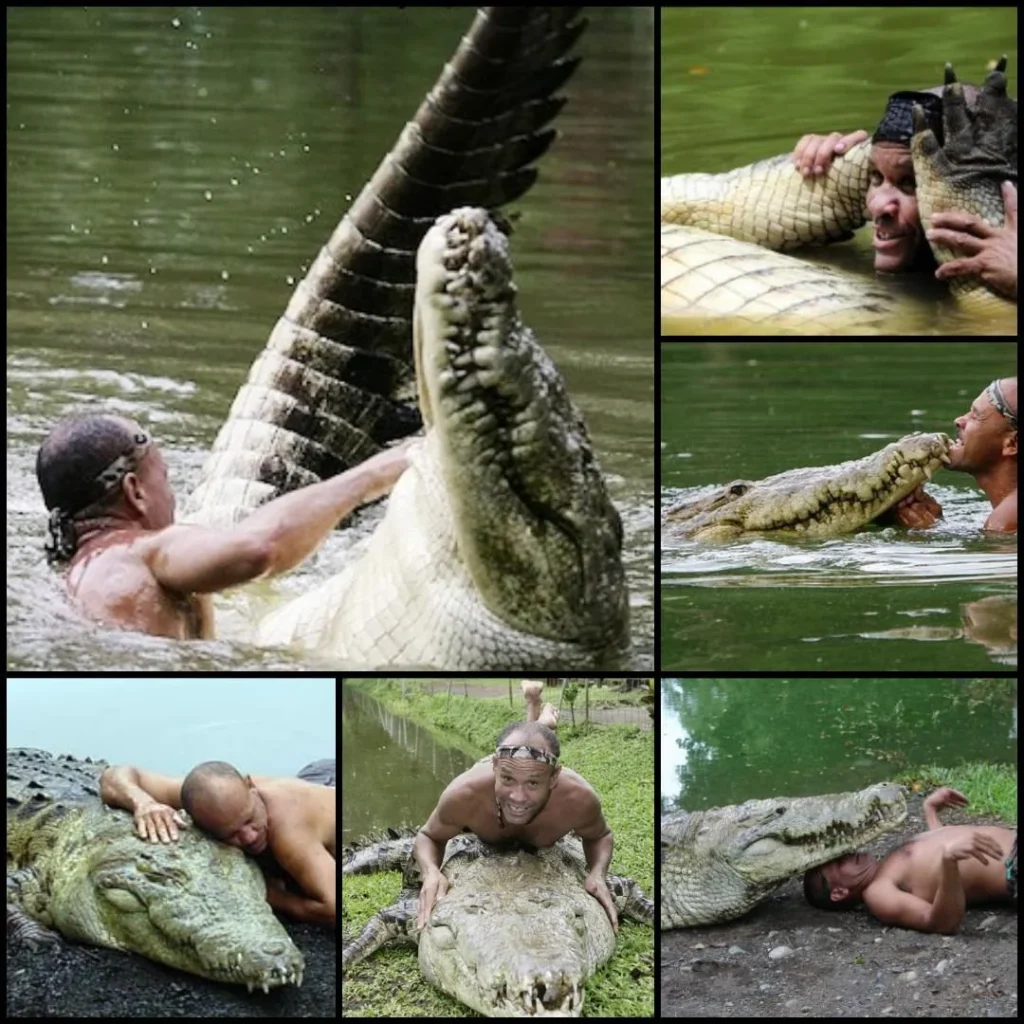
They reported Chito to the authorities, who notified him he could not have the crocodile without proper permits. With police threatening to take the crocodile away, Chito hid him in a secluded pond near his home.
Here at this pond, the relationship between Chito and the crocodile he had now named Pocho, local slang for a good-looking guy, really began to take shape.
Oftentimes, Chito would tell his wife he was going out drinking with his friends. However, he was going to the pond to spend time with Pocho.
When he would return home, she would question him about where he had been since his clothes were wet. However, he would shrug her off by stating he had been drunk and fell in the pond.
Soon enough, Chito’s trips to spend time with Pocho began to be longer and longer. It was not uncommon for Chito to spend days or weeks by Pocho’s side.
At night, he would sleep in a large tree by the pond that was also home to a huge colony of bats. For this, Chito earned one of his nicknames, “Tarzan”.
Over the next few years, Pocho grew, eventually reaching nearly 1,000 pounds and 16 feet in length. Once Pocho had gotten this big, Chito decided to let him back into the wild. But Pocho had other plans.
The first time Chito released him back into the wild, he awoke to find Pocho on his front porch the next morning. Though Chito tried several other times to release him, Pocho kept returning home.
It was then that Chito decided that this would be his life now and took Pocho in to be his full-time caretaker.
After promising to ensure frequent checkups by a veterinarian, Chito’s permit to keep Pocho was granted, and he moved him back home. Although his first wife left him due to how much time he was spending with Pocho, he did not care.
To Chito, this animal was a one-in-a-million find, and he was going to cherish their relationship. Then, their bond continued to grow into the stuff of legends.
Over The Years
After Chito brought Pocho home to live full-time, he began spending increasing amounts of time with him. As the years passed, local rumors about their relationship swirled until a local Costa Rican news channel got wind and did a story on the pair.
This story made international news, and a documentary film about the pair was made a few years after the story broke.
When Chito met with the camera crew, they were amazed at how Pocho seemed to understand everything that Chito was saying. Chito could call Pocho almost like a dog by using his hand to slap the water.
He would then swim up to him and open his mouth several times as if he were going to bite Chito. But this was all part of the game they had created.
After pretending to snap at Pocho, Chito would come in and kiss the animal on the snout. But that was not the most impressive of their antics.
In the water, Chito would play with Pocho for hours. In his words, they had created a dance routine together, and Pocho would demand perfection.
If Chito messed up a move, Pocho would not continue until Chito had done it again. But how was Chito able to understand Pocho’s intentions?
According to him, there were several main ways they communicated. The first of these was the eyes. When Pocho’s eyes were wide open, he was happy. If they began to flutter rapidly, he knew he was agitated.
In addition to visual communication, the pair also used touch. Chito would hit Pocho lightly on the snout when he was feeding him to get him to associate that feeling with feeding time.
But when Chito wanted Pocho to do something, he would use his hands to touch a particular part of Pocho’s body. Chito explained that through touch, sight, and the tone of his voice, he could get Pocho to do these amazing acrobatic routines. However, Pocho was not some lap dog.
Chito told the film crew that he only asked Pocho to do something twice. If he refused both times, he would not force the animal to do it. After all, trying to force a 1,000-pound animal that could kill you in a matter of seconds is not the smartest thing to do.
Because of this mutual respect, the two formed a very tight bond. How exactly Chito was able to do this is through both luck and hard work.
Many people have speculated that the gunshot wound to Pocho’s head rearranged his preordained desire just to kill prey and survive.
Additionally, over the span of twenty-three years, Chito had genuinely built rapport with the animal. This was demonstrated when the documentary film producer tried to get into the water twice with Pocho, and both times, he became severely agitated.
During the documentary, the world learned that to support himself as Pocho’s full-time caretaker, Chito, and Pocho put on a weekly show for tourists each Sunday.
Akin to the Shamu show in the United States, it was a wildly popular show attracting visitors from all over Costa Rica and the world.
As Chito aged, he had expressed his desire that when his daughter turned 18, he would start training her to handle Pocho when he was no longer able to. But she would never get that chance.
Pocho’s Passing
After almost twenty-three years together, Pocho passed away suddenly of natural causes on October 12, 2011. His passing devastated both Chito and the Costa Rican community, who held a massive funeral for him.
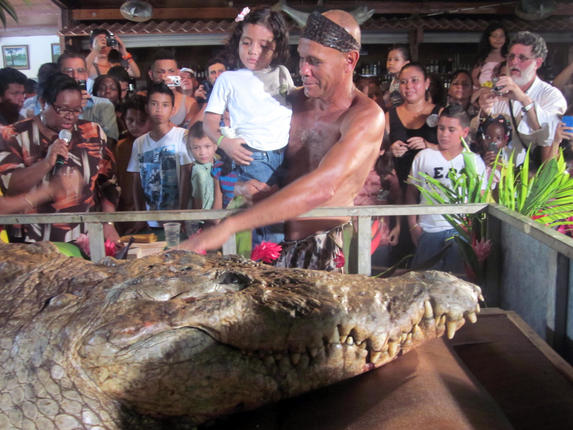
Afterwards, the town of Siquirres paid to have Pocho stuffed and placed on display in the town’s museum.
Although Chito attempted to form a relationship with another crocodile named Pocho II, it is unclear if the pair will ever develop the same bond he and Pocho did.
For Pocho II, he is a perfectly healthy and happy crocodile he started feeding when he was fishing. But for Pocho, he saved his life.
Because of this, it is unlikely Chito, or any other person, will ever be able to replicate the same kind of bond he and Pocho shared.
Sources
https://ticotimes.net/2021/08/19/tbt-costa-ricas-most-famous-crocodile
https://animalsaustralia.org/our-work/wildlife/amazing-croc-story

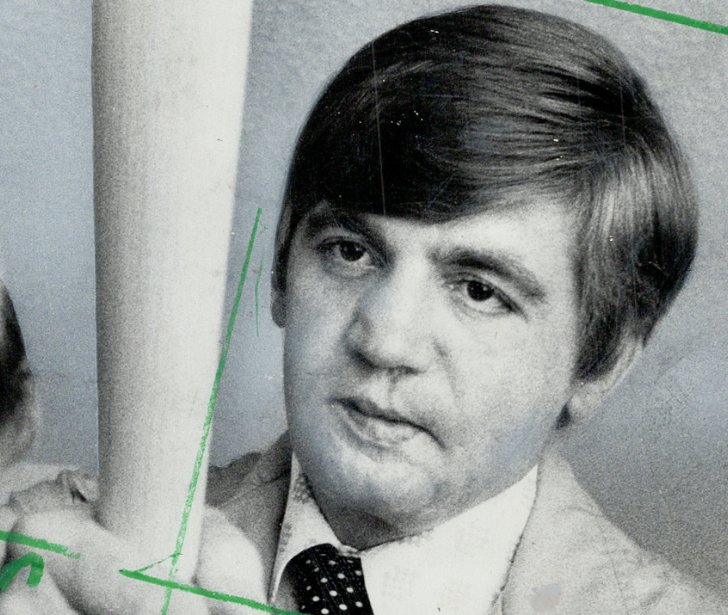


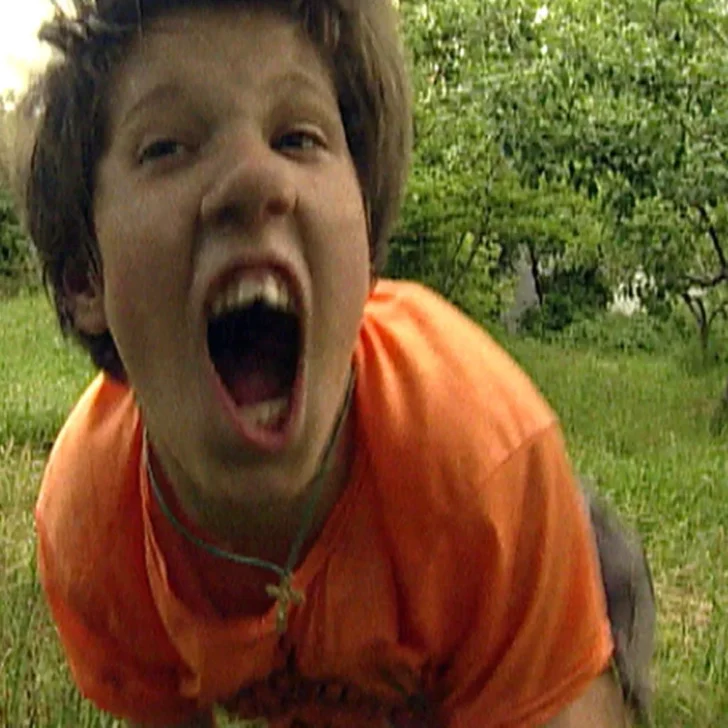
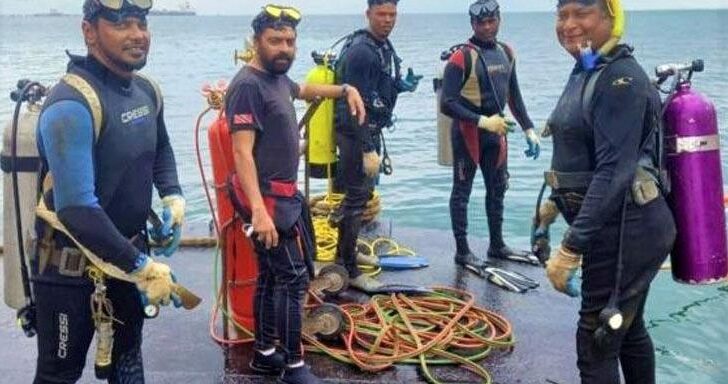




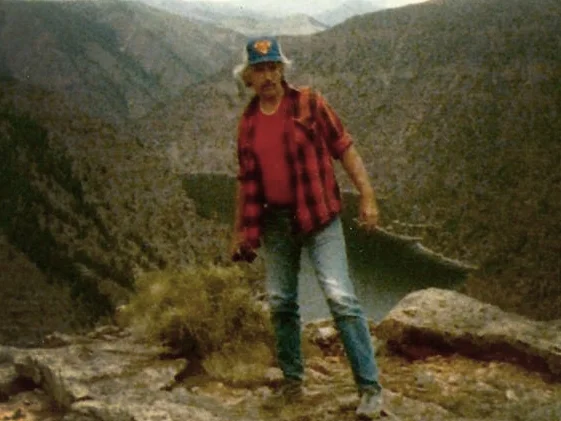
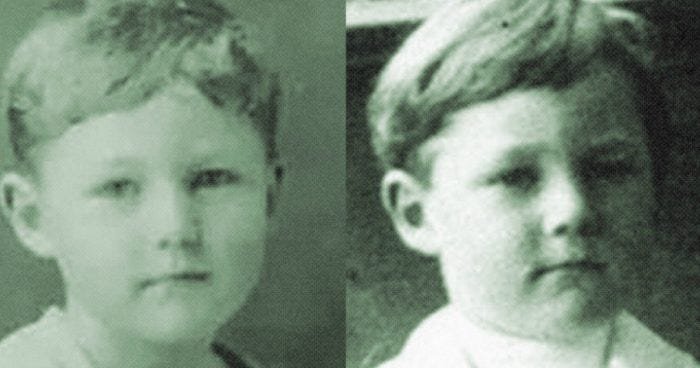

Leave a comment